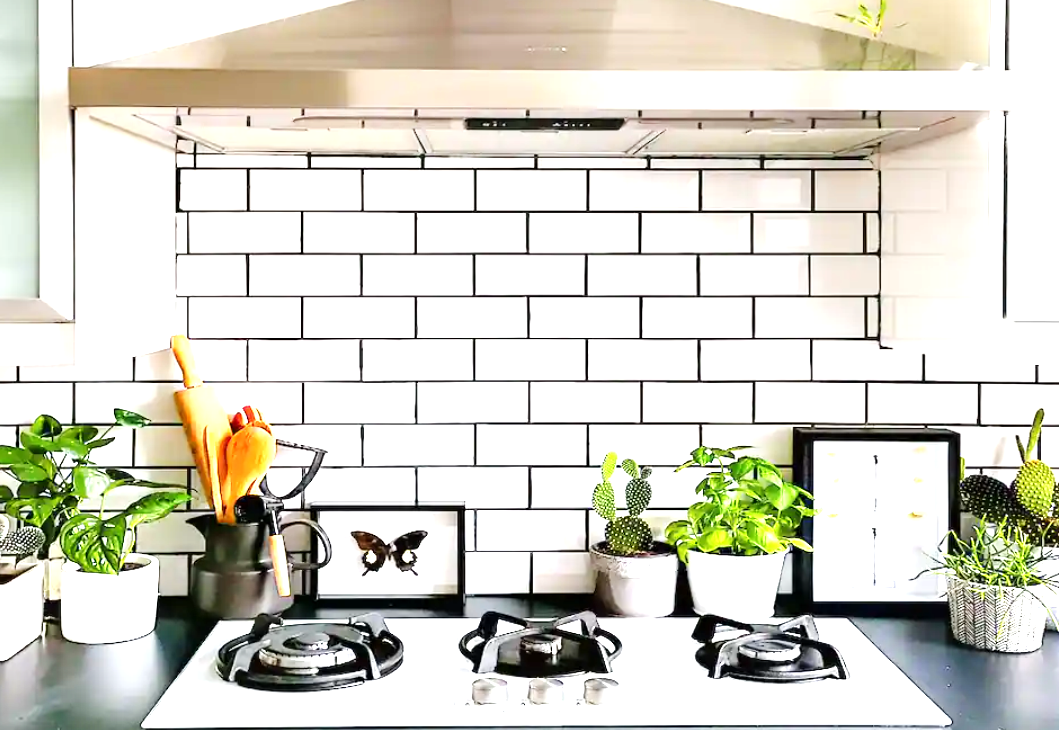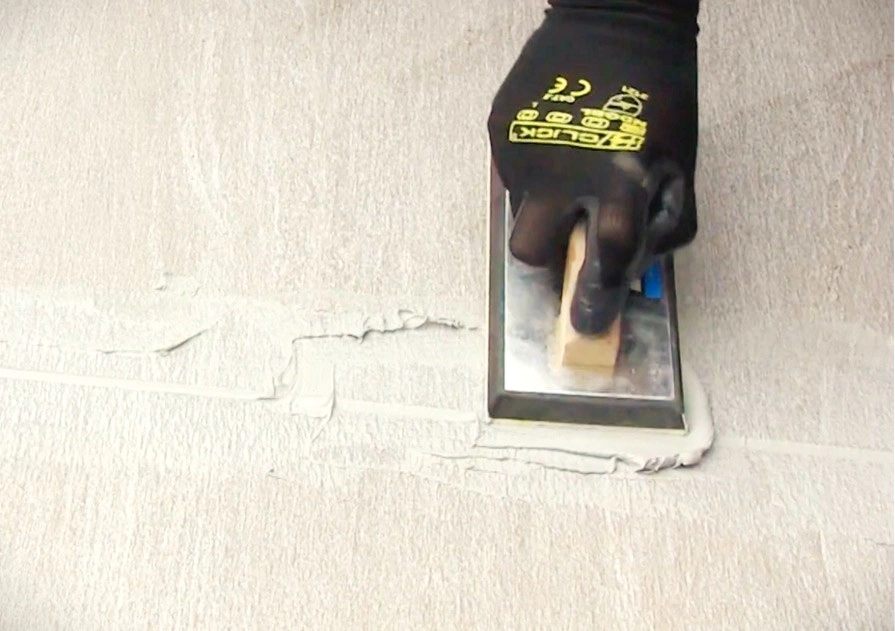Backer Board for Backsplash?

To construct a backsplash in your kitchen, a lot of materials are required. Tile, mortar, and grout are a few examples. The backer board, however, is one of them.
Whether or not to use a backer board for a backsplash has been a contentious issue for a while. While some people think it’s essential, others are vehemently opposed.
You might be wondering whether or not to utilize a backer board when building a backsplash as a do-it-yourself enthusiast. Fortunately for you, it will be the main topic of discussion in today’s essay.
Is a Backer Board Required for a Backsplash?
In general, when installing a backsplash, a backer board is not required. This is because backer board is primarily required in situations where the wall tiles will be exposed to water on a regular basis.
One of the best examples of tiles that require a backer board is shower walls. On the other hand, a kitchen backsplash isn’t frequently exposed to water or moisture.
As a result, tile can be installed directly over drywall when creating a backsplash in a kitchen, negating the requirement for backer board.
When you look at the backsplash in most homes, you’ll see that there isn’t a backer board beneath it. This is because, when it comes to backsplash construction, this is the suggested method.
There are certain exceptions, so please be aware of that. You should think about utilizing a backer board if your backsplash will be exposed to a lot of water. However, these situations are uncommon, particularly when you take into account where the stove and sink are located in a kitchen.
Are There Any Situations in Which a Backer Board Is Required for the Backsplash?
The exceptions I discussed previously are expanded upon by this. Let’s be clear about one thing, please. When creating a backsplash, a backer board is typically not required.
Nonetheless, there are several situations in which a backer board should be used. I’ve already discussed the problem of moisture.
Therefore, you might need to put a backer board behind your backsplash for the following additional reasons:
- Backsplash tiles must be placed on a level, structurally sound surface if the existing drywall is broken or uneven.
The surface can be smoothed for tile installation by adding a backer board if the existing drywall is broken or uneven.
- If you intend to install heavier tiles, ceramic tiles, which are lightweight, are typically found in kitchen backsplashes. However, the drywall could not be sturdy enough to support heavier tiles, such as those composed of genuine stone.
In this instance, the backer board’s structural strength would be more advantageous.
- If you are constructing an outdoor backsplash, keep in mind that outdoor kitchens are currently very trendy. A backer board is necessary when installing a backsplash for an outdoor kitchen since it is more weatherproof.
Using a backer board for the backsplash is acceptable in these three situations. Being adaptable and having an open mind are essential in the construction industry. That will assist you in determining the usefulness of a certain material.
Which Backer Board Is Best for a Backsplash?
Use the best product available on the market if your situation calls for the use of a backer board. As you may already be aware, backer boards come in a variety of forms, each with special characteristics.
I’ll include some of the top backsplash backer boards below, along with the reasons why they’re the greatest choices.
- Cement Board: Due to its strength, resistance to moisture, and flawless tile adhesion, this is the greatest backer board for backsplashes. I would advise utilizing cement board for creating a kitchen backsplash.
- Foam Backer Board: This is the ideal kind of backer board to use when creating a bathroom backsplash. It has certain insulating qualities in addition to being lightweight and waterproof.
- Fiber Cement Board: Another excellent backer board for shower backsplashes is this one. It is long-lasting and extremely moisture-resistant.
- Kerdi Board: This is a backer board with a waterproof membrane on both sides if you anticipate a lot of moisture or water exposure. The finest backer board for preventing moisture from leaking through the backsplash is this one.
How Thick Should a Backsplash Backer Board Be?
The fact that backer boards give the wall an additional layer of thickness is one of the reasons why they are not used for backsplashes.
Use backer boards that are a quarter inch thick to prevent the finished wall thickness from being excessively thick. You can go as far as ½ inches. However, that is the thickest possible.
Backer boards with a thickness of ¼ to ½ inches are ideal for backsplashes since they take up very little room. They are sturdy enough to support the tile as well. The nice aspect is that working with them is considerably simpler.
Please be aware that a backer board with a thickness greater than ½ inches is required if you plan to install heavy tiles.
What Constraints Come with Using Backer Board for the Backsplash?
As previously stated, backer boards are not frequently utilized for backsplashes. This is evidently due to the fact that it adds certain disadvantages to the undertaking. The following are some drawbacks of installing a backer board as a backsplash:
- It increases the wall’s thickness; I’ve previously covered this in the subtopic above. In addition to being unsightly, a broader backsplash may require you to make difficult adjustments to adjacent counters or cabinets.
- It makes installation more difficult because all you have to do is stick the tile to the drywall in the absence of a backing board.
But you have to cut and screw a backer board into the drywall if you bring one in. Additionally, you’ll need to waterproof it, which takes a lot of time, energy, and money.
- It increases the weight of the drywall. Light tiles and other backsplash components, such as mortar and grout, can only be supported by regular drywall. However, adding a hefty backer board puts too much strain on the drywall, which might cause failure.
Make sure a backer board has more benefits than drawbacks before adding it to your list of backsplash materials. If not, your time and money will be completely wasted.
Does a Backsplash Require Waterproofing of the Backer Board?
It makes sense to waterproof backer boards during installation because they are typically utilized in backsplashes that will be subjected to high water levels.
Water damage and mold can be avoided by waterproofing backer boards to stop them from absorbing moisture and transmitting it to the drywall.
If your backsplash is made of cement board, you can use any kind of sealant or membrane to make it waterproof. Water penetration should be avoided as a result.
As an alternative, you might think about using backer boards like Fiber Cement Board or Kerdi Board that have already been waterproofed. Because you may omit the waterproofing phase, this will expedite the installation procedure.
It is crucial to remember that waterproofing the backer board is not necessary if you do not anticipate any moisture exposure. In the first place, there is no reason to use a backer board for such a backsplash.
The likelihood of moisture exposure determines whether a backsplash’s backer board needs to be waterproofed.

